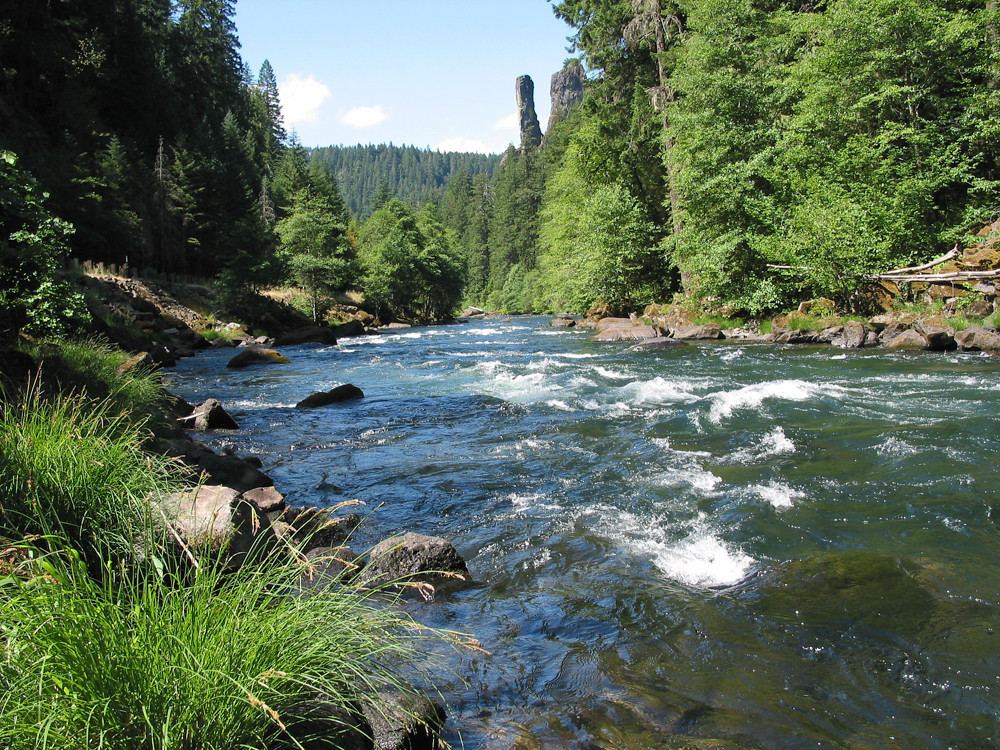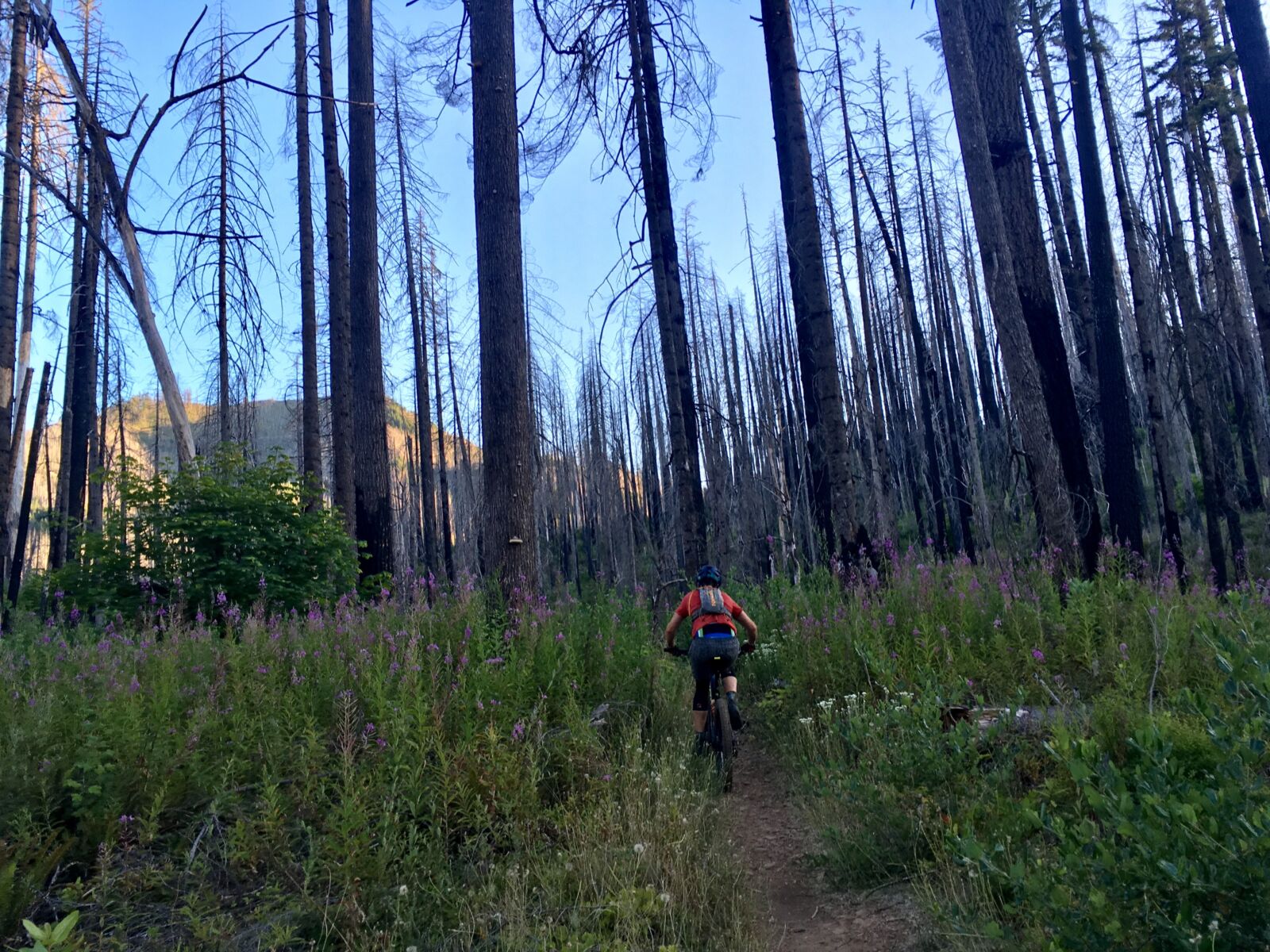The North Umpqua watershed is a special place. Driving through the Wild and Scenic River corridor, rafting the Class IV rapids, mountain biking the IMBA Epic North Umpqua Trail, climbing to the top of the 9,183’ Mt. Thielsen volcano, fly fishing for wild steelhead, or observing rare wildflowers in rocky meadows will make the extraordinary qualities of this place clear to anyone.
While the North Umpqua is an incredible place, that does not preclude the need for habitat restoration and climate adaptation. A broad suite of native fish species call this river home, from threatened Coho salmon to the recently rediscovered Umpqua chub. Yet waters are warming and continuing to protect and improve habitat to keep these fish populations strong is increasingly important. Across the landscape, due to a history of fire exclusion, conifers are encroaching unique upland habitats such as Oregon white oak, sugar pine, and meadows. The Archie Creek Fire in September 2020, which burned more than 130,000 acres, acts as a reminder of the urgent need to make this watershed more resilient to wildfire and adaptive to a changing climate.

In 2020, we expanded our Pacific Northwest work at the National Forest Foundation to focus on the Umpqua National Forest. The list of world famous recreation opportunities is a clear benefit to working here, and the need for habitat restoration and climate adaptation provides us with a long list of projects to undertake. But what really drew us in was the amazing partnership potential. A lot of people love the North Umpqua and have dedicated their careers and/or their personal time to protect and restore this watershed. Therefore, when I began as the Umpqua Restoration Program Coordinator in August, I was able to hit the ground running.

I have met with folks from 30 organizations, including Native American tribes, state and federal agencies, conservation groups, recreation organizations, schools, researchers, and more. My approach has focused on listening and asking questions. My goal is to learn what matters to all of these groups and how they want to partner because, if we can all work together, the possibilities for this watershed are endless. I also take a snowball survey approach to partner outreach: I ask each person I meet with, “who am I missing? Who else should be included?” I want to make sure that our process is inclusive and expands beyond the traditional restoration and land management partners.
Concurrently while meeting with partners, I am working closely with the federal land management agencies – the Umpqua National Forest and the BLM Roseburg District – to craft a holistic restoration strategy for the North Umpqua watershed while keeping in mind what I have learned from community partners. It has been an inspiring process, which is clear from our shared vision statement:
Federal lands in the North Umpqua Watershed will sustain naturally functioning ecosystems that are resilient to climate change and provide essential ecosystem services. This will be achieved through meaningful partner engagement to help define and implement integrated, holistic restoration activities informed by science and monitoring.
Once the first draft is complete, I will meet one-on-one with each of the partner organizations to ensure their voices are not only heard during this process, but incorporated into the strategy. The watershed needs everyone. I am truly excited to see what we come up with on paper together as a community, and especially what we do together on the ground to continue protecting and restoring this special place.

